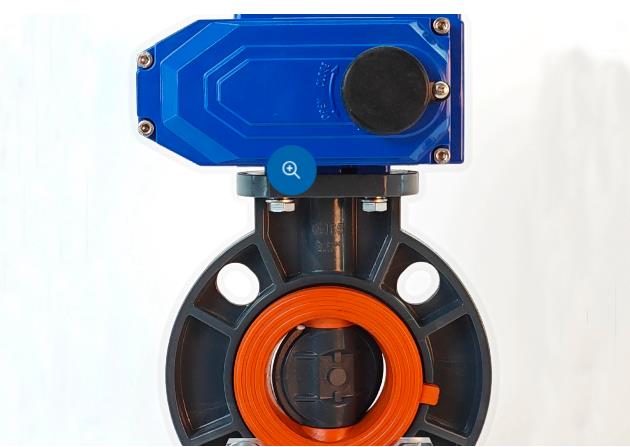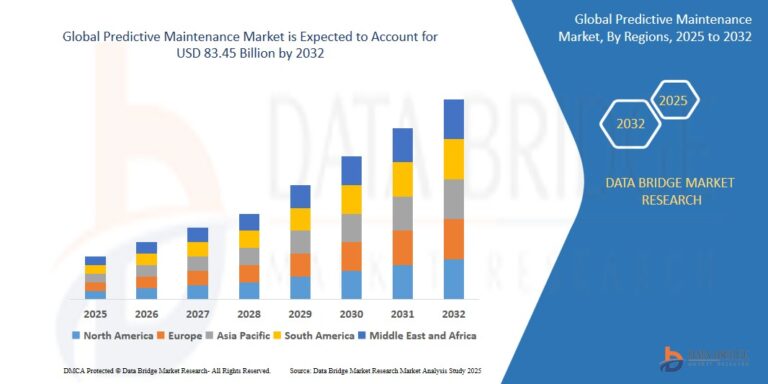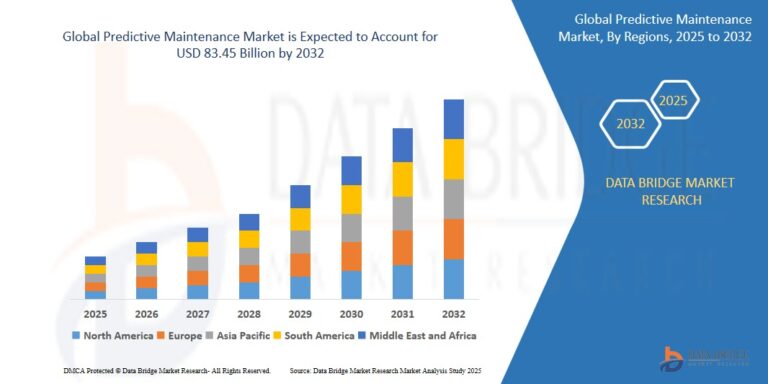Hair loss affects millions of people worldwide, and for many, it can have a significant impact on confidence and self-image. A hair transplant in Dubai has become one of the most sought-after solutions because of the city’s advanced technology, skilled surgeons, and high success rates. If you’re considering undergoing the procedure, understanding the step-by-step process can help ease concerns and prepare you for the journey ahead.
This blog provides a detailed breakdown of what to expect during every stage of a hair transplant in Dubai, from the initial consultation to final results.
Step 1: Initial Consultation
The first step begins with a consultation at a reputable hair transplant clinic. During this stage:
-
The surgeon examines your scalp and hair loss pattern.
-
Donor hair availability is assessed (usually from the back or sides of the head).
-
Medical history and any underlying conditions are reviewed.
-
The surgeon discusses treatment options (FUE or FUT) and recommends the most suitable technique.
-
A personalized treatment plan is created, including the estimated number of grafts needed.
This is also the time to ask questions about cost, recovery, and expected results. Dubai clinics are known for offering personalized and transparent consultations that put patients at ease.
Step 2: Pre-Procedure Preparation
Before the surgery, patients receive specific instructions, which may include:
-
Avoiding smoking and alcohol for at least one week prior.
-
Stopping certain medications (like blood thinners) after doctor approval.
-
Washing the scalp thoroughly on the day of surgery.
-
Wearing comfortable clothing for the procedure.
Some clinics also conduct blood tests to ensure patients are medically fit for surgery.
Step 3: Local Anesthesia
On the day of the procedure, local anesthesia is applied to the scalp. This ensures the patient feels no pain during the surgery. Most patients describe the experience as comfortable, with only mild sensations of pressure during graft extraction and implantation.
Step 4: Donor Hair Extraction
Depending on the chosen method, the surgeon removes hair follicles from the donor area:
-
FUE (Follicular Unit Extraction): Individual hair follicles are extracted using micro-punch tools. This method leaves tiny dot scars that are barely visible and heal quickly.
-
FUT (Follicular Unit Transplantation): A strip of scalp is removed, and the follicles are separated under a microscope. This method is less common now in Dubai but can be effective for patients needing a large number of grafts.
Step 5: Graft Preparation
The extracted follicles are carefully prepared and sorted under a microscope. Skilled technicians ensure that only healthy grafts are used, which increases the survival rate of transplanted hair and guarantees natural-looking results.
Step 6: Recipient Site Creation
The surgeon then creates tiny incisions in the balding or thinning areas of the scalp. The angle, depth, and placement of these incisions are crucial because they determine how natural the hairline will look after regrowth. Dubai surgeons are particularly known for their artistry in designing hairlines that suit the patient’s facial structure and age.
Step 7: Graft Implantation
Next, the prepared follicles are implanted into the recipient sites. The surgeon ensures that the grafts are placed strategically for maximum density and natural growth direction. Depending on the number of grafts, this stage may take several hours.
Step 8: Immediate Aftercare
After the procedure, the scalp may feel slightly sore or swollen. Patients receive detailed aftercare instructions, which typically include:
-
Avoid touching or scratching the scalp.
-
Taking prescribed medications to prevent infection and reduce swelling.
-
Sleeping with the head elevated to minimize swelling.
-
Avoiding direct sunlight and strenuous activities for at least one week.
Most patients are able to return to work within 3–5 days, especially after an FUE procedure.
Step 9: The Shedding Phase
Within the first month, transplanted hairs usually shed, which can be alarming for some patients. However, this is a normal part of the hair growth cycle. The follicles remain intact beneath the scalp and begin producing new hair within a few months.
Step 10: Visible Hair Growth
-
3–4 months: New hair starts growing, though it may appear thin and soft at first.
-
6 months: Noticeable improvement in hair density.
-
9–12 months: Full, natural results are visible, with thicker and denser hair covering the previously bald areas.
Step 11: Long-Term Maintenance
Once the transplanted hair has fully grown, it behaves like natural hair. Patients can wash, cut, and style it as usual. Some surgeons in Dubai recommend additional treatments such as PRP therapy or medications (like finasteride or minoxidil) to maintain overall scalp health and prevent further hair thinning.
Why Dubai is the Ideal Destination for This Journey
Every step of the process is elevated in Dubai thanks to:
-
Highly trained surgeons with international expertise.
-
Use of advanced tools and technology like robotic FUE and sapphire blade techniques.
-
Personalized treatment tailored to each patient’s hair type and goals.
-
Luxurious clinic environments that provide comfort and privacy.
Final Thoughts
A hair transplant in Dubai is more than just a cosmetic procedure—it’s a journey of transformation. By understanding the step-by-step process, patients can approach the treatment with confidence, knowing what to expect before, during, and after surgery. With skilled surgeons, advanced methods, and world-class facilities, Dubai remains one of the top destinations for those seeking natural, long-lasting results in hair restoration.




